In digital marketing, pay-per-click (PPC) is an online advertising model that associates top-tier search engines like Google Ads, Facebook Ads, and Twitter Ads, having the most viewer traffic. As a PPC advertiser, you are essentially paying the platform for publishing ads every time the user clicks.
PPC also refers to as the cost-per-click or CPC model of advertisement. The ads in this type of marketing are based on customer demographics, interests, or any other data gathered by the platform’s algorithm running those ads.
Table of Contents
ToggleWhy should you use it?
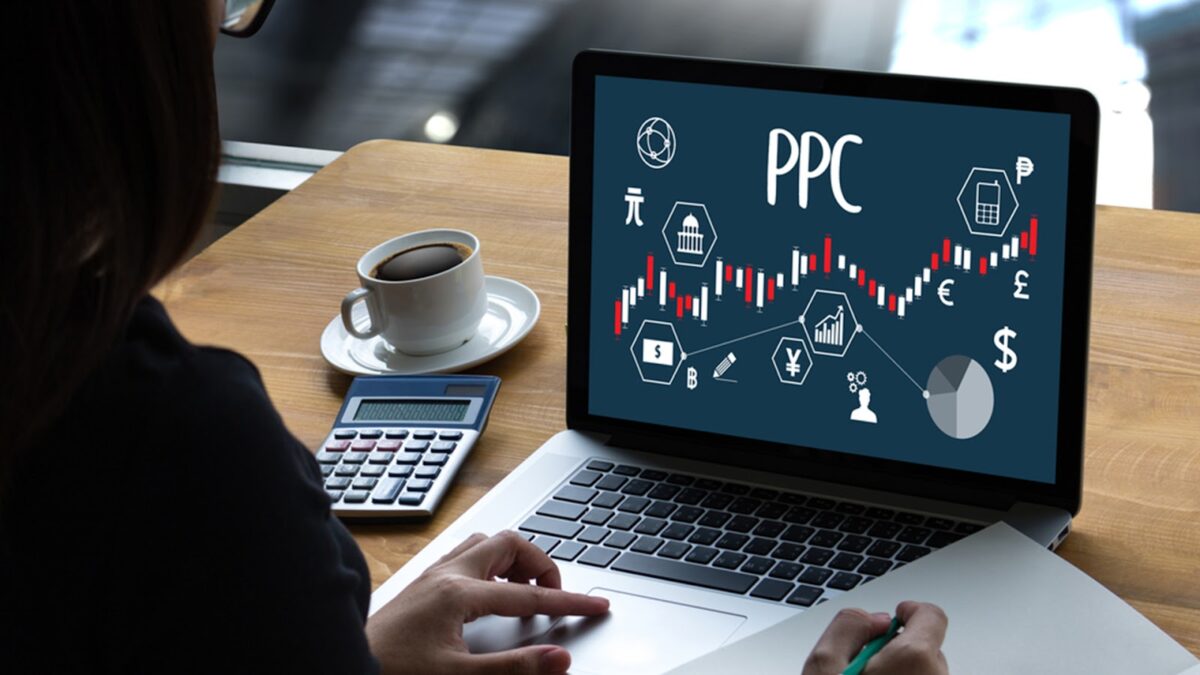
PPC advertisements are getting very popular these days, with businesses looking to advertise on a budget. It is a cost-effective way to advertise and drive good quality traffic to your website. Also, you can be more flexible with your ad spending budget. Here are some benefits of PPC advertisements:
- You can reach a wider range of audiences.
- PPC ads allow navigating instant traffic. Such users are 50% more likely to purchase than organic ones.
- You can get warm leads.
- Positive ROI is attainable.
- PPC campaigns give you access to user data for further optimization of your SEO strategy.
- Algorithm changes or updates do not affect PPC campaigns.
- You can target your customer demographic more effectively using multilayered targeting and smart retargeting options.
- The user data provided by PPC campaigns can also help you optimize your social media strategy.
How to integrate PPC into your marketing strategy?

Since so many businesses invest in running PPC campaigns for their product and services marketing, it is important to integrate PPC into your marketing strategy to elevate it instead of hindering your product advertisements. For this reason, a clear step-by-step outline of how to integrate PPC profitably is mentioned below:
Step#1 Run a search campaign

The first step towards a successful marketing strategy always starts with researching the market. This is a phase where you need to carry out the testing and data-gathering. It will help immensely in helping you figure out your game plan for your PPC campaign. Therefore, it mustn’t be overlooked. It will help you learn about the users, what your audience types into search engines, their interests, clicking habits, social background, location, traveling habits, shopping habits, demographics, parental status, income, device specs, etc.
Step#2 Expand your customers

In this phase, you test ads to gather data about your target customer demographic. It helps you learn what makes them want to click on an ad, what they respond to both positively and negatively, and what ads are effectively making them buy your product. Once this is done, you need to choose the ads that are getting the best reception from your customers and broaden your exposure with the help of social media.
Step#3 Start micro-conversions

Micro-conversions refer to a smaller conversion that leads you to the final goal, which is a macro-conversion. These are used as a sales funnel by targeting your demographic and directing them down a funnel to ultimately make the purchase which is a macro-conversion for your business.
A good example of this would be asking the users visiting your website to sign up for a newsletter, ultimately leading to them buying your product or service.
Step#4 Launch super-targeted conversion campaigns

The last and most important phase is to run conversion campaigns using the hyper-targeting tools provided by PPC services. These campaigns are run with the sole purpose of getting maximum conversions from users visiting your website. Due to all the test-run ads, research, and micro-conversions, you already know the demographics better than anyone and hyperfocus on your audience that is most likely to buy.
Check out: Email Marketing 101 – Looking At The Essentials
Advantages of using PPC over other advertising methods
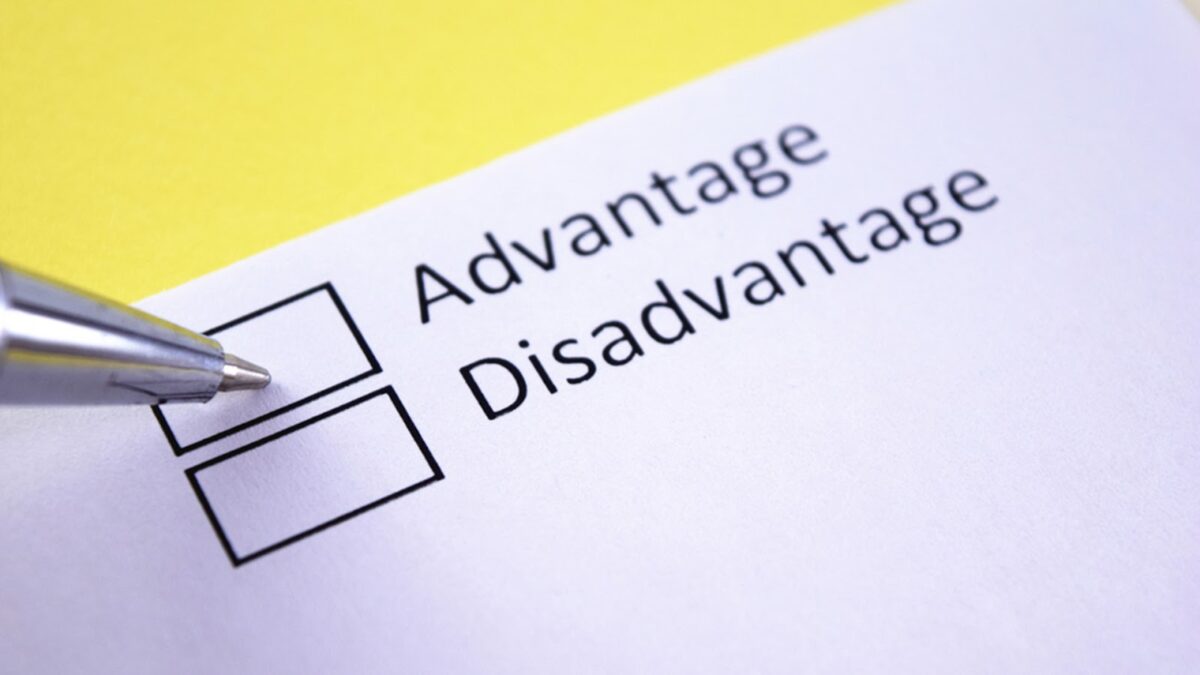
There are numerous benefits of running a PPC advertising campaign, some of which are stated below:
- Since you are only paying when a user visits your website, they tend to be cost-effective. Also, you can set your campaign to your budget.
- You can easily target your audience based on many demographic factors, whether location, language, gender, device, etc.
- You can keep track of how your PPC campaign is doing, as they tend to be easily measurable.
- They are easily customizable as well. You can make any adjustment without ever stopping the campaign for even a second.
- They tend to show results instantly, and you can see how a good PPC campaign can affect your sales immediately after launch.
Disadvantages of using PPC over other advertising methods

Despite the many advantages, some disadvantages come with PPC advertising, including:
- They require you to invest your time and effort due to having to maintain them constantly.
- It takes great skills to run a PPC campaign effectively. Most businesses tend to turn towards experienced marketing professionals to run their campaigns.
- These campaigns require constant monitoring, or you will stop making any profits from them.
- Although you can get a user to click on your ad, it does not always lead to a conversion. The outcome can be detrimental if you depend on it to make your advertisement profit.
Examples of how to use PPC in the marketplace

To quote examples of PPC marketing, we can refer to the Amazon marketplace, the biggest online retailer in the world.
Example#1 Searching for hand bags:
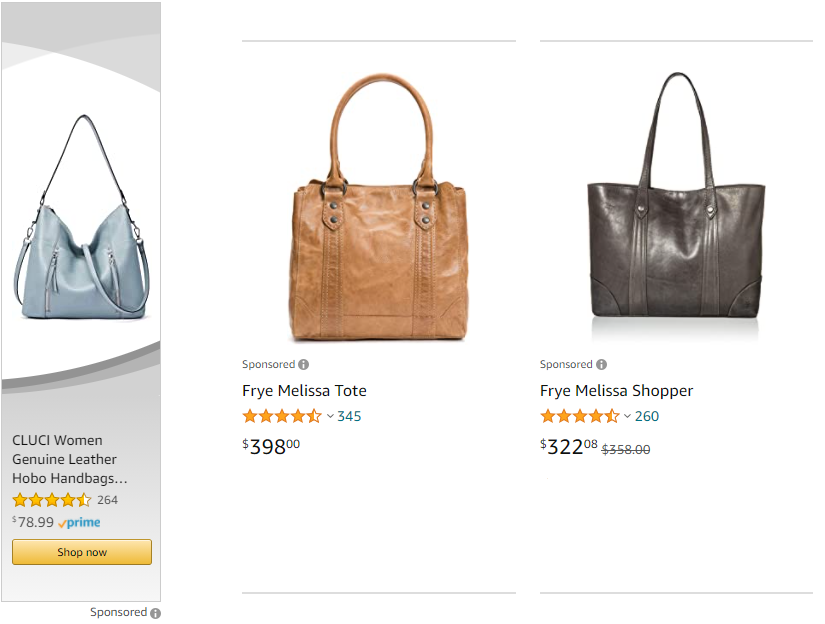
When searching for Hand Bags in Amazon, you can see a Cluci Women Handbag show up on the sidebar of the search results page. The ad is on a lower tier in the Amazon marketplace PPC advertising campaign costs.
Example#2 Searching for car seat travel bag:
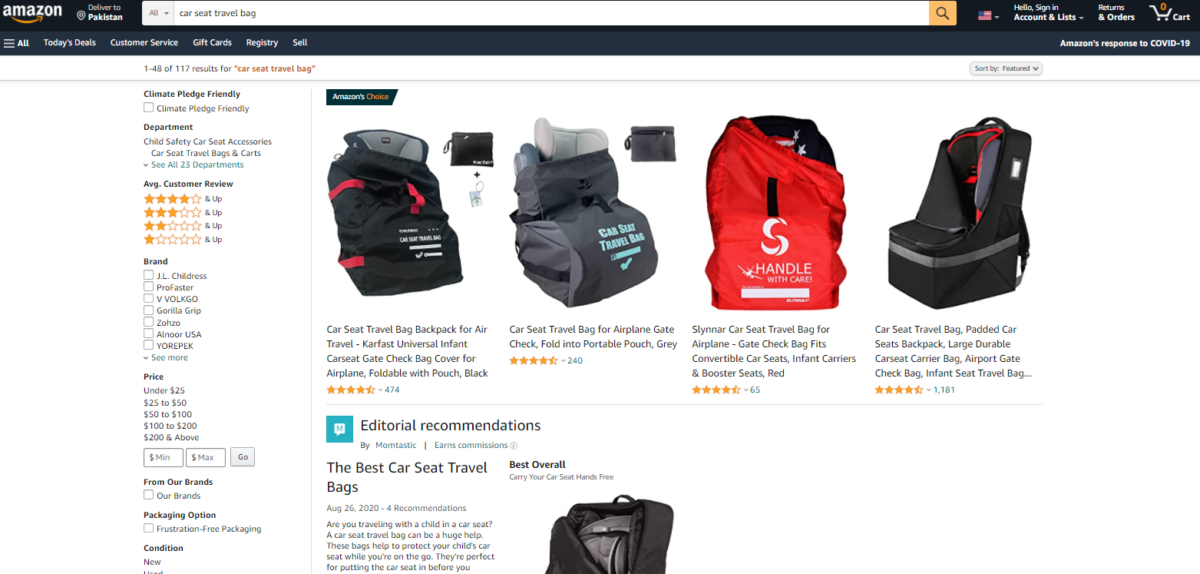
However, when searching for Car Seat Travel Bag on Amazon, the ads appearing in Amazon’s choice section on the top of the result page are on the highest tier. They are more targeted and specific, appearing on top of the results page. Users are more likely to click on them than an ad appearing in the sidebar.
